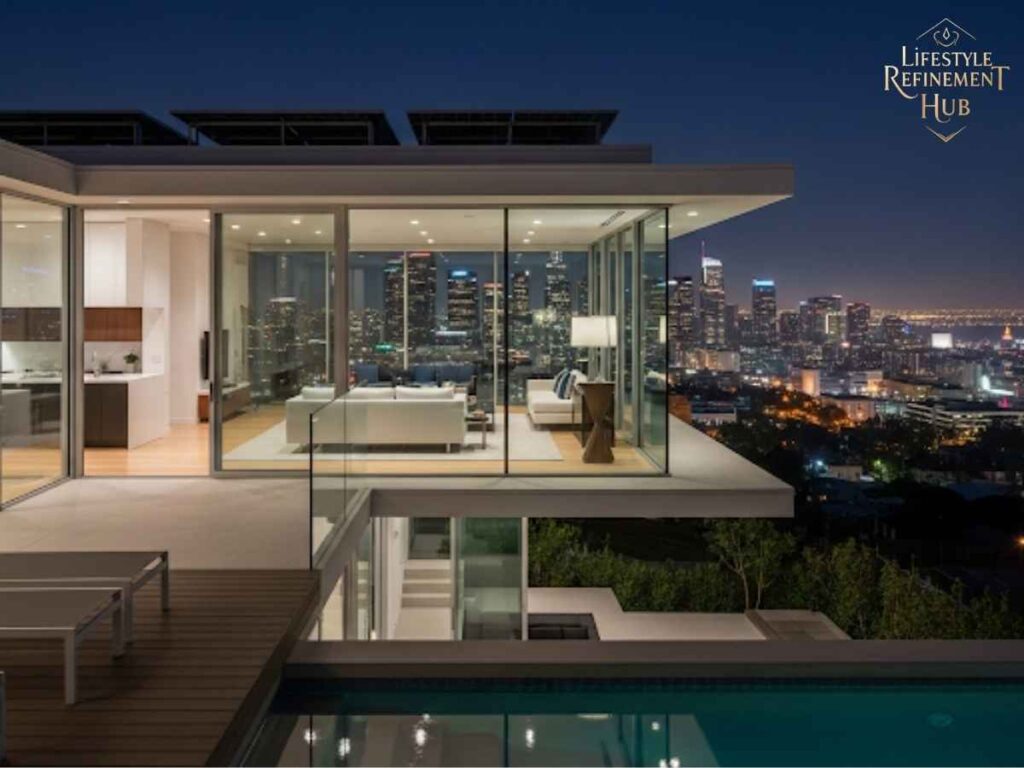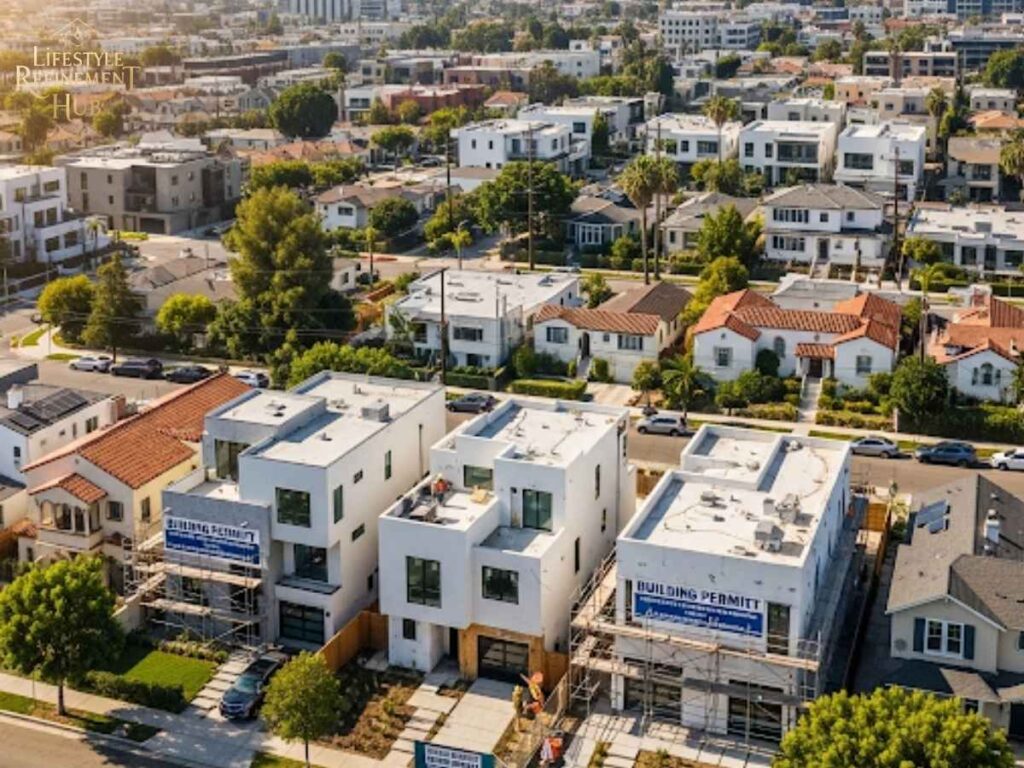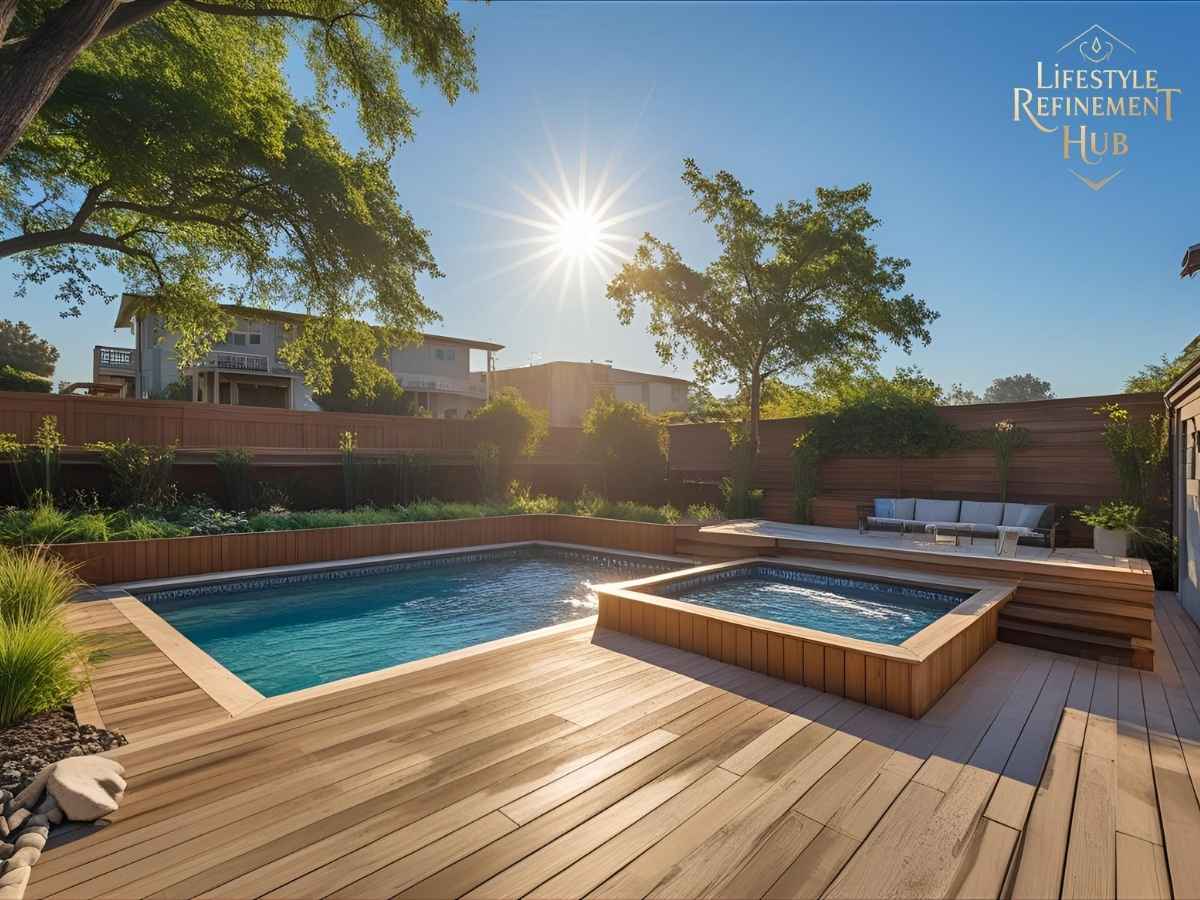Picture this: You’ve finally found your dream home in Los Angeles—let’s say in Silver Lake, shaded by sycamore trees, steps from the neighborhood café scene. After a few years, your family has grown, you need an office, or you’re simply itching for more living space. Just one problem: In LA, adding onto your home isn’t as simple as swinging a hammer. Home addition permits and zoning in Los Angeles are a complex but navigable process—and getting them right is key to ensuring your project runs smoothly.
Table of Contents
Why Los Angeles Home Additions Are Unique
Los Angeles isn’t just any city. From Venice Beach to Granada Hills and everywhere in between, each neighborhood weaves together unique character, diverse architecture, and distinct local building codes. LA’s microclimates, earthquake zones, and eclectic older housing stock all contribute to very specific residential construction regulations. Tackling a home addition in LA means understanding local zoning codes, permit processes, and even historical overlays in places like Hancock Park.

The city is organized into dozens of community plans that influence everything from what you can build to how you can paint your exterior. Factors such as minimum lot size, setbacks, and height requirements are determined not only by your address or ZIP code (think 90026 for Echo Park, 90210 for Beverly Hills) but also by the specific zoning code assigned to your property.
Navigating the Permit Landscape in LA
When it comes to permits, Los Angeles doesn’t play around. Virtually every change to your home—new construction, major alterations, additions, or even a structural deck—requires approval from the Los Angeles Department of Building and Safety (LADBS). Small repairs might squeeze by without permits, but even walls, garages, or converting a basement demand proper paperwork.
The general process:
- Homeowner consults LADBS or LA County Public Works
- Submit detailed plans (plot, architectural, and engineering)
- LADBS reviews for zoning, safety, and code compliance
- Permits issued, inspections scheduled at every major stage
For express projects (like replacing windows or non-structural upgrades), you may qualify for fast-track permits through LADBS’s e-permit system. But for true additions—more square footage, a second story, or an ADU (Accessory Dwelling Unit)—plan for comprehensive review. Expect the process to take 2–4 weeks for most additions, possibly longer if your home sits in a designated hillside, coastal, or historical preservation zone.
Zoning in LA: The Essentials
Zoning in Los Angeles is about more than what you can build—it’s about how homes, neighborhoods, and city life interconnect. Here’s what you need to know:
Common Residential Zoning Codes:
- R1: Single-Family Residential, generally allowing only one unit per lot
- R2: Duplex, allows two units
- RD: Limited multi-family
- RE: Large-lot residential
Typical Constraints:
- Height limits often max out at 30 feet in most residential zones
- Minimum lot sizes range from 5,000 to over 20,000 square feet depending on zone
- Setbacks (minimum distance from property lines): Often at least 5–10 feet at the sides, 15–25 feet from the street
- Floor Area Ratio (FAR): Maximum buildable square footage relative to lot size
Want to add a second story in Mid-Wilshire? Your wishes may be subject to local overlay zones, historical review, or specific hillside construction codes. Want to add an ADU in Valley Village? Thanks to statewide laws like SB9 and SB10, even single-family lots may be eligible for multi-unit conversions—as long as you clear the local hurdles.
Special Zoning Cases
Some neighborhoods—say, the Hollywood Hills or part of Pacific Palisades—carry extra restrictions related to landslide or fire risk zones. Historical overlays, like the one in Angelino Heights, can involve architectural design review. And if your home straddles the City/County boundary? You may need both agencies’ approval.
LA’s comprehensive zoning is all about ensuring additions are safe, beautiful, and fit the neighborhood vibe.
Challenges & Considerations for LA Home Additions
Neighborhood Diversity: No two LA neighborhoods are identical. For example:
- Venice may impose strict design rules to maintain coastal appeal and account for sea air weathering.
- Highland Park often deals with historical overlays, requiring efforts to preserve Craftsman and Spanish Colonial architecture.
- Woodland Hills in the Valley faces special considerations for wildfire risk and hillside stability.
Climate and Environment:
Our Mediterranean climate with warm, dry summers and the risk of earthquakes influence both structural codes and energy requirements. If you’re adding square footage, be prepared for efficiency mandates—double-glazed windows, cool roofs, and even solar panels.
Permit Backlog:
LA is a bustling metropolis. Certain times of year, permit offices fill up, potentially delaying your project. But with digital services and e-permits now available, patient planning and documentation can speed things up.
NIMBYism and Neighborhood Council Reviews:
Community feedback and neighborhood councils can influence approval, especially for prominent additions. Early neighbor outreach can help avoid delays later.
Three Real World Success Stories
Mar Vista Modern Makeover (ZIP 90066)
The Lee family loved their vintage post-war home but needed more space for a growing family. With the help of South Land Remodeling, they added a two-story addition for a downstairs playroom and upstairs master suite. The process included working through setback exceptions and solar shading requirements—but the result was a bright, open-plan space bathed in California sun. The family credits diligent communication between their builder and LADBS for their stress-free experience.

Echo Park Creative Garage ADU (ZIP 90026)
An artist couple on Baxter Street turned their detached garage into a legal, income-producing ADU after LA’s code changes. By working with Joel & Co. Construction, they navigated a tight lot, steep street, and historical overlay, ultimately satisfying both city inspectors and the Echo Park Historical Society. Now, they use the space for visiting family—or monthly rental income.
Sherman Oaks Upscale Expansion (ZIP 91423)
In Sherman Oaks, a young tech startup founder craved a modern home office and media den. Their chosen contractor, NA Design Builders, drafted plans that maximized the property’s 7,000sf lot without running afoul of backyard setback requirements. Close collaboration with LADBS resulted in a stylish, tech-savvy addition—now the envy of their entire block.
Top 3 Home Addition Service Providers in Los Angeles
- South Land Remodeling
- Profile: Award-winning, full-service general contractor specializing in major home additions and luxury renovations across Los Angeles, including the Valley and Westside. Known for transparent communication and hands-on project management.
- Website: www.southlandremodeling.com
- Joel & Co. Construction
- Profile: Family-owned leader in new builds, major additions, and ADU construction, Joel & Co. works citywide with a reputation for quality craftsmanship and strict code compliance. 50+ years’ experience means fewer surprises.
- Website: www.losangelesgeneralcontractor.com
- NA Design Builders
- Profile: Local design-build specialists, NA brings creative vision, in-house engineering, and deep LA permitting expertise. A favorite for modern expansions and custom home creation, particularly in West Hollywood and adjacent neighborhoods.
- Website: www.nadesignbuilders.com
Always interview several contractors, review portfolio work, and check for a valid City of Los Angeles license before choosing your partner.
Local Tools and Resources
Planning your home addition? Start with these:
- LADBS (Los Angeles Department of Building and Safety):
Find permit forms, process overviews, fee calculators, and online express permits.
Visit: LADBS Official Site - LA County Public Works:
Includes guides on setbacks, height limits, and zoning by city and unincorporated area.
Visit: LA County Public Works - Los Angeles City Planning:
Provides the zoning code, land use policies, and specific neighborhood plans—essential for understanding what’s allowed on your block.
Visit: planning.lacity.gov - Local Utility:
Before building, check with LADWP for electrical upgrades or water connection changes that may be needed for large additions.
Visit: www.ladwp.com - Industry Associations:
For extra support, the Greater Los Angeles Area Remodelers Association (GLAARA) offers resources on finding reputable, licensed pros.
Answers to Popular Local Questions
Can I build a second story on my LA home?
Often yes, but you’ll need to meet height and lot coverage limits for your zone. Hillside and historical overlays may add steps to the process.
Do I need a permit to convert my garage into an ADU in LA?
Yes. Even detached garage conversions require planning and safety permitting, as well as possible utility upgrades.
What happens if I skip permits for my addition?
LA can issue fines, stop-work orders, and in some cases, force you to tear down unpermitted additions. Always secure the required documentation first.
FAQ Section
Do I need a permit for a small home addition in Los Angeles?
Yes, nearly all structural changes, including small additions, need a permit. Only very minor repairs may be exempt.
How long does it take to get a home addition permit in LA?
Most permits for additions take 2–4 weeks, but expect delays for complex or large projects, or homes in special zoning areas.
What zoning restrictions might affect my LA home addition?
Common restrictions include height limits (usually 30ft in R1 areas), required setbacks, floor area ratio (FAR), and lot size minimums—plus overlay districts or historical codes.
Are there special rules for home additions near LA’s hillsides or coastal zones?
Yes, projects in hillside, fire hazard, or coastal areas face extra scrutiny for slope stability, fire risk, and environmental impact.
What are the top resources for permit help in Los Angeles?
LADBS’s website for permit applications/requirements, LA City Planning for your neighborhood’s zoning, and LA County’s Public Works for county-side properties.


